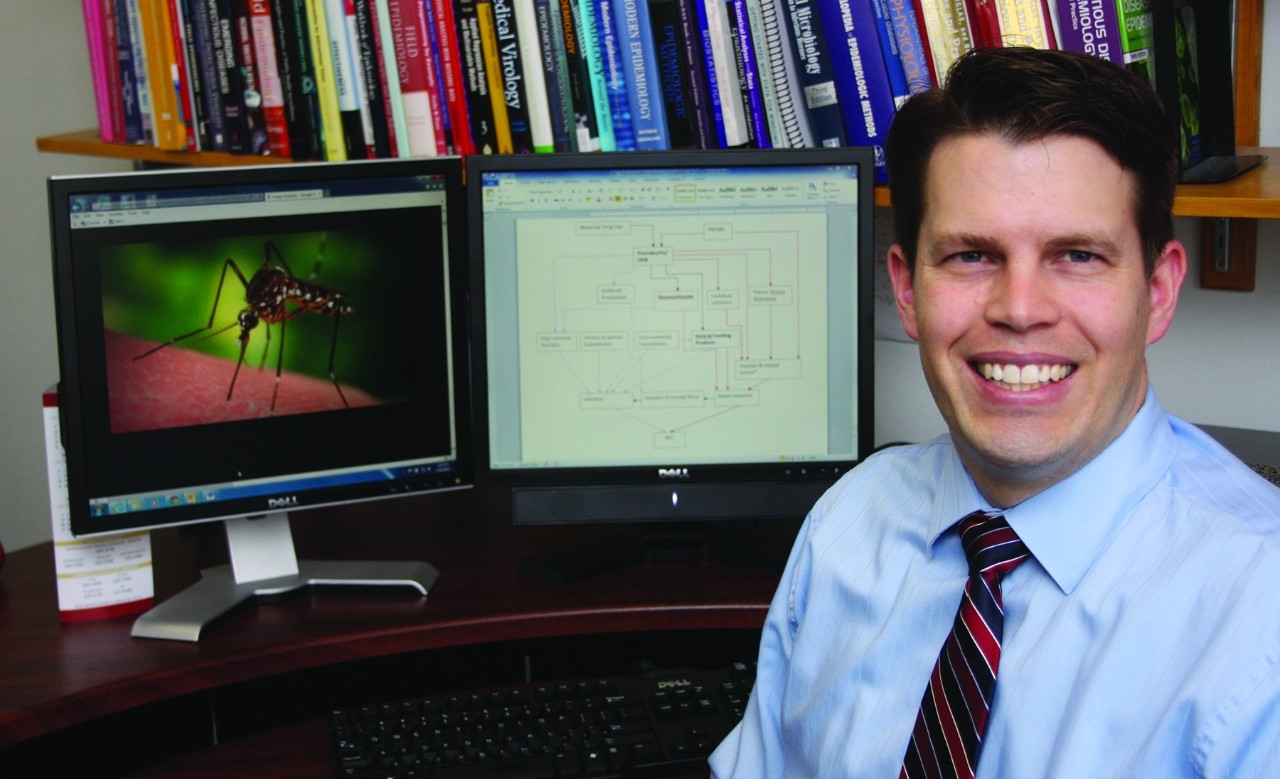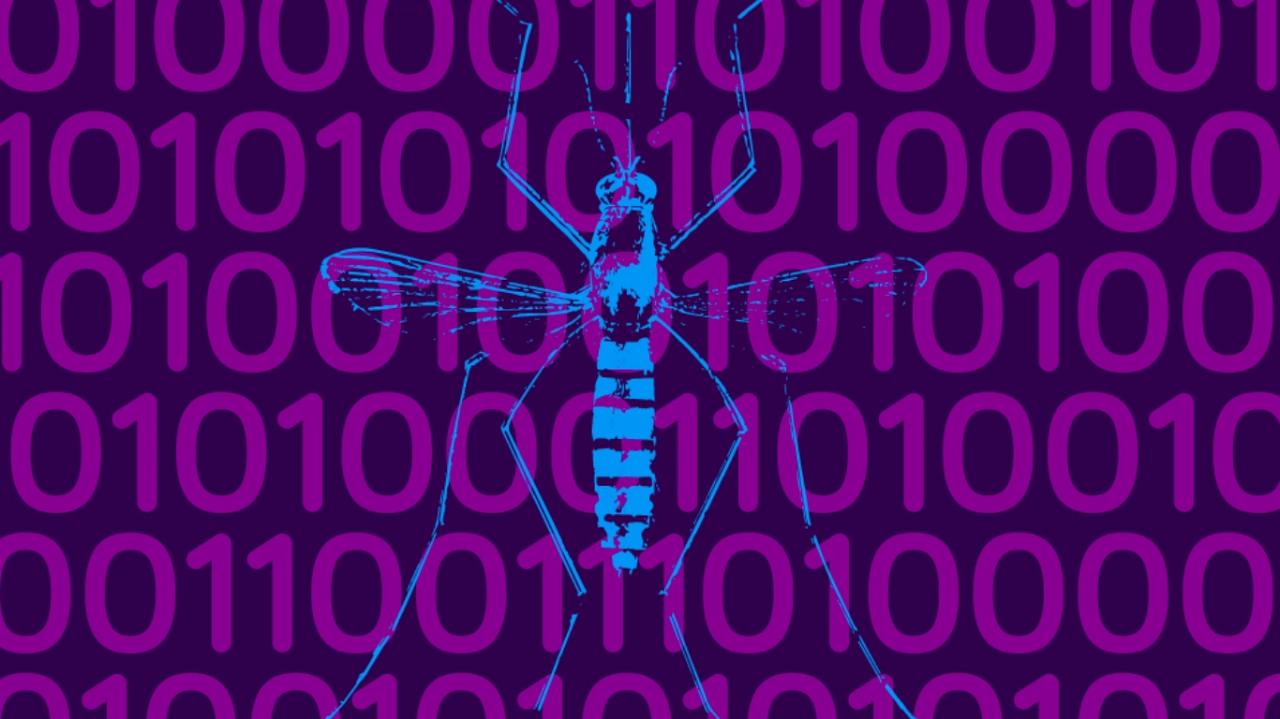Aaron Wendelboe, Ph.D., has worked to protect Oklahomans from infectious disease pandemics including the 2009 H1N1 influenza, the 2014⎼2015 Ebola virus and the recent Zika virus. He and his team in the Department of Biostatistics and Epidemiology at the University of Oklahoma College of Public Health are using biostatistics and big data to better diagnose and prevent these diseases.

“Biostatistics and epidemiology are the fundamental disciplines in public health,” Dr. Wendelboe explains, “as we define what is known and what is not.” Researchers like Dr. Wendelboe design studies that measure trends affecting health among the general population, such as vaping, working in hazardous occupations, getting diseases from mosquito bites, and texting while driving.
However, it can be difficult to measure such large trends. “Most pharmaceutical studies are too small to observe all of the potential risks and benefits associated with a drug under clinical trial until large populations are exposed,” said Dr. Wendelboe. This is where the practice of surveillance comes into play.
“In general, the process works like this: a person gets sick, goes to a health care provider, gets diagnosed and treated, and goes home,” explains Dr. Wendelboe. “For diseases under surveillance, health care providers are required to report when they diagnose patients with certain conditions.”
But with an exploding world population constantly moving into new environments, and coming into contact with more and more insects and animals, it can be difficult for health care providers to keep track of every case of a disease under surveillance.
“So we develop new ways to make the process more efficient,” said Dr. Wendelboe.
They’re able to do this through big data solutions, such as using natural language processing that allows computers to read electronic medical records each time a person is diagnosed with an infection that needs to be reported. This significantly increases timeliness, accuracy, and efficiency in reporting a case of an infectious disease.
“Technology in all forms is changing the way we work,” he remarks. The technological tools allow researchers to conduct surveillance in entirely new ways, including using search terms on the Internet to detect disease trends.
“For example,” Dr. Wendelboe explains, “by counting the number of times people search in Google for influenza or other related terms, researchers are developing algorithms to detect the onset of influenza season.”
All of these changes have one consistent theme: big data. With enormous amounts of data being generated, it can be difficult to analyze and interpret. “Obviously, statistics plays a central role in offering tools, both well-developed and nascent, to harness the information in these big data,” Dr. Wendelboe said of the challenges that come with his work.
So what’s next for this pandemic surveyor?
“I am working on developing methodological tools for surveillance from blood clots, developing a software to make Bayesian statistics more accessible, and investigating methods to prevent transmission of Clostridium difficile.”
Because diseases never rest, the work never stops.



